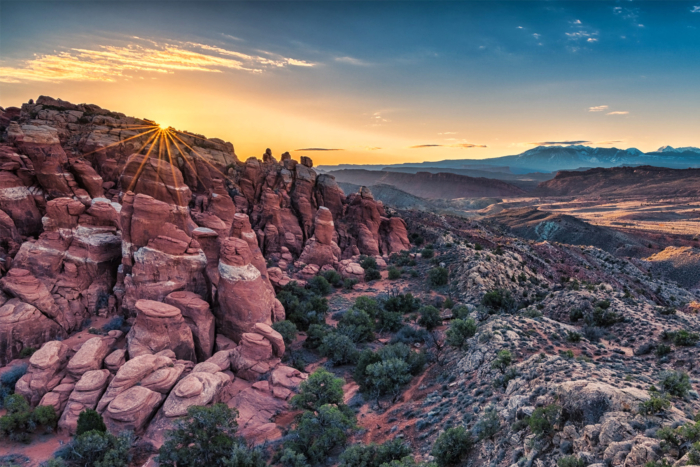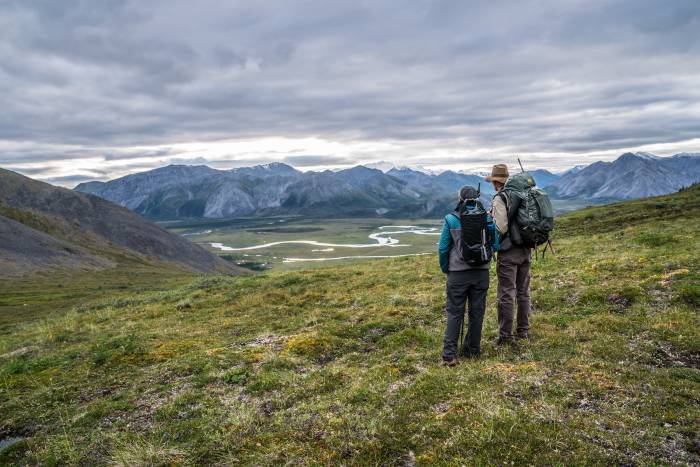In the wake of devastating losses in bird population and habitat, the 2021 national campaign from Pheasants Forever and Quail Forever focuses on funds for educating hunters, restoring habitat, and protecting public lands.
Across the nation, birds are in trouble. In 2019, a comprehensive national assessment published in Science found that the U.S. lost nearly 3 billion breeding adult birds. This is certainly not limited to upland bird populations, but birds beloved by the hunting community continue to disappear at staggering rates.
Habitat is at the heart of the issue. For example, since 2009, 53 million acres of grasslands have been lost to development. And out of 90 million acres of historic longleaf pine habitat in the American South, just 3 million acres remain.
Pheasants Forever and Quail Forever intend to make a dent in the losses with their new Call of the Uplands campaign, announced on Feb. 25.
The Plight of North American Birds

Human-altered landscapes are simply not supporting wildlife. And because of this, in less than a single human lifetime, the U.S. bird population has declined by nearly 30%.
Birds loved by upland hunters are also in serious trouble. The iconic bobwhite quail of the American South has declined 83% in population since 1966. The non-native pheasant population declined by 27%. And grassland birds in general experienced a 53% loss in population.
But conservation efforts have brought troubled avian populations back from the brink before. Many raptors — including the incredible effort to save bald eagles — are experiencing thriving numbers thanks to the Endangered Species Act and the outlawing of DDT use.
And waterfowl and wild turkeys have seen huge increases in population. This is in no small part due to conservation efforts spurred by hunting-focused groups, like the wildly successful Federal Duck Stamp.
Pheasants Forever and Quail Forever are a longtime part of the conservation effort to create successful habitat for upland birds. Since 1982, 15.8 million acres of quality pheasant habitat have been created or restored thanks to the organizations, and 187,000 acres have been permanently protected and opened up to upland hunters. Their 149,000 members complete more than 15,000 habitat-focused projects annually.









